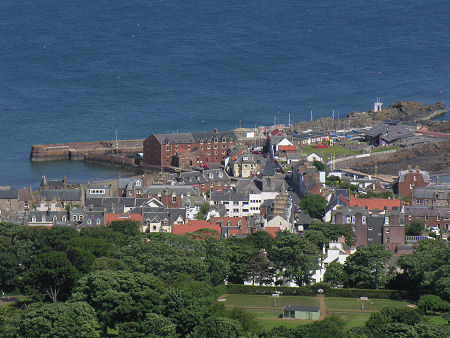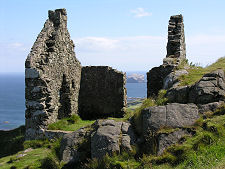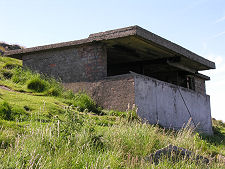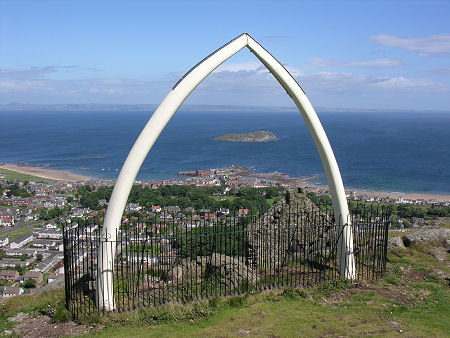| This Week’s Topic… | |||

Best viewed in
|
North Berwick Law
Some hills have a presence and character out of all proportion to their physical size, and North Berwick Law is certainly one of them. Standing to a height of 613ft immediately to the south of North Berwick, North Berwick Law can be seen from across a very wide area including much of the eastern half of the Lothians and Edinburgh, Fife to the north, and the northern edge of the Southern Uplands to the south. Many names are used for prominent earthworks (natural or man-made), depending to some extent on their location within the United Kingdom. Tumulus, how, howe, low, tump, cnwc, pen, butt, toot, tot, cop, mount, mound, hill, knoll, mot, moot, knol, motte, and druid hill are just some of the terms used to describe these features. 300 million years ago, this part of Scotland was home to a number of active volcanoes, and North Berwick Law is all that is left of the plug of lava that once welled up within one of them. Everything else has been eroded away by glaciations, leaving just the cone of harder material that was once deep underground. Other similar volcanic remains within sight of North Berwick Law include East and West Lomond in Fife, Arthur's Seat in Edinburgh, Traprain Law six miles to the south and, Bass Rock, three miles to the north east in the Firth of Forth.
The summit of North Berwick Law is home to rather more in the way of structures than you might expect. Just below the summit to its north are the remains of a stone building used as a watch-house during the Napoleonic Wars in the years either side of 1800. Soldiers based here lit a warning fire if they saw French ships trying to enter the Firth of Forth. The Law had long served this purpose: in 1544 the watch, this time for Henry VIII's English navy, was kept up by nuns of the nearby Cistercian convent. And in World War II the Law once more served as a lookout, this time by troops based in the brick and concrete structure just to the west of the Napoleonic watch-house. The summit itself is best known as home to a pair of whale's jawbones standing within a small enclosure surrounded by railings. These were first placed here in 1709. The first set blew down in a gale in 1935 and were replaced. In 2005 the replacement pair were in danger of collapse, so were removed. Somehow North Berwick didn't seem the same without the arch of whalebones on North Berwick Law, yet in a more environmentally sensitive era, the idea of replacing them with more whalebone was clearly out of the question. Instead they were replaced in June 2008 by a pair made from fiberglass that had been cast from those removed in 2005, with the whole cost being covered by an anonymous friend of North Berwick. After three years with "something missing", North Berwick Law once more looks complete.
|
||




